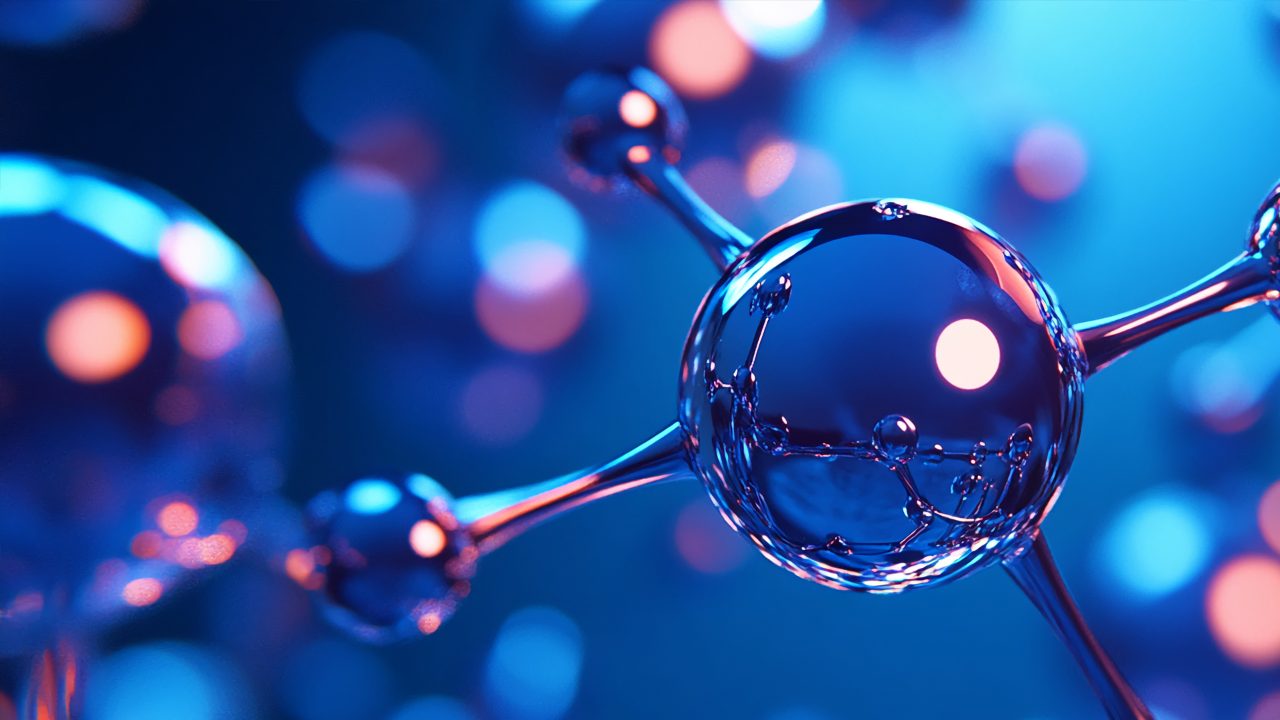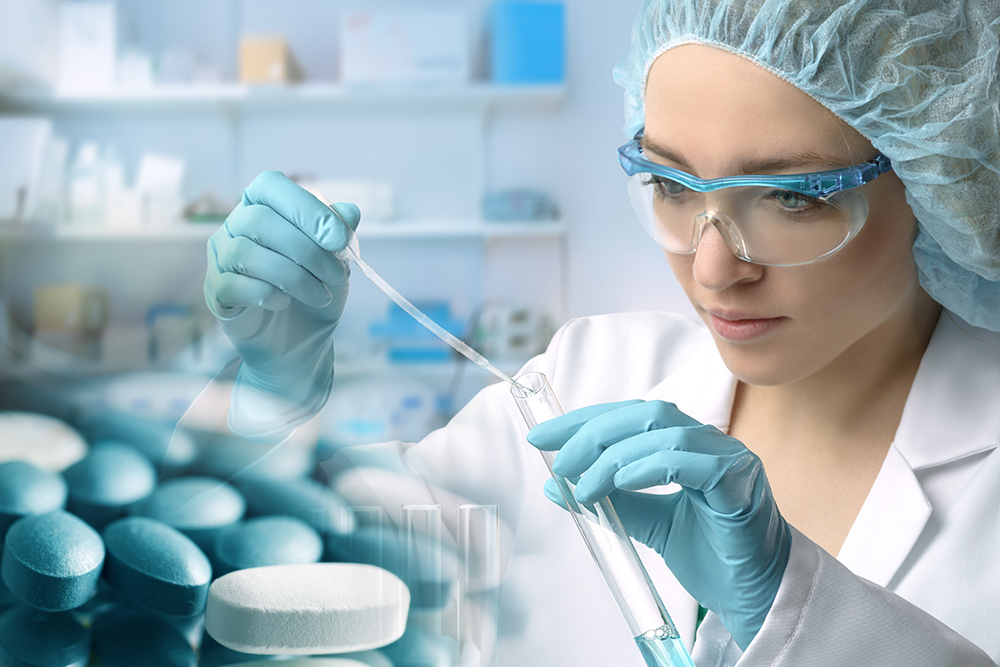

Celebrating the Opening of the Dynamic Reaction Monitoring Facility
The University of Bath’s Centre for Sustainable Chemical Technologies (CSCT) recently celebrated the opening of its Dynamic Reaction Monitoring Facility (DReaM).
The Dynamic Reaction Monitoring Facility is home to a unique selection of analytical equipment dedicated to analyzing complex chemical reactions as they happen in real time. This will help scientists develop new and better catalysts for a range of future applications, including making high-performance biodegradable plastics, producing hydrogen fuel from water and synthesizing paracetamol from waste citrus fruit.
Deeper understanding of how catalysts work
The equipment, funded jointly by the University and the Engineering & Physical Sciences Research Council (EPSRC), provides direct insight into the pathway a reaction follows to produce a certain chemical mixture. This knowledge is key to optimizing product yields while reducing energy consumption and minimizing waste.
In addition to gaining a deeper understanding of how existing processes occur, the researchers will use the facility to develop new catalysts, molecules that enable complex chemical reactions, which play a vital role in addressing major global challenges such as sustainable energy, mitigation of greenhouse gases, destroying atmospheric and water pollutants and transforming food and crop waste into valuable products.
The scientists are working closely with a consortium of industrial partners, including Bruker BioSpin, to further develop methods and instrumentation, advise on industrially relevant challenges and accelerate the impact of their research findings.
At the heart of the facility is a Bruker 500 MHz NMR with a nitrogen cooled Prodigy. The InsightMR flow tube is used to flow the reaction mixtures into the spectrometer, where NMR active species can be detected and quantified. The Prodigy cryoprobe can be used at temperatures from -40 °C to 80 °C and NMR active nuclei from 15N to 31P, also well as 1H, 2H and 19F, can be observed.
A Bruker micrOTOF-Q mass spectrometer is also installed. This will be used to obtain accurate mass data for molecules in solution, which is useful to obtain complementary information for compounds where no (or few) NMR active elements are present.
- Other equipment includes:
- Agilent 1260 series HPLC
- OceanOptics UV Spectrometer
- Hiden Mass Spectrometer for analysis of the headspace volatiles
The research team will welcome external users to use the DReaM facility and invite you to contact them with queries.


